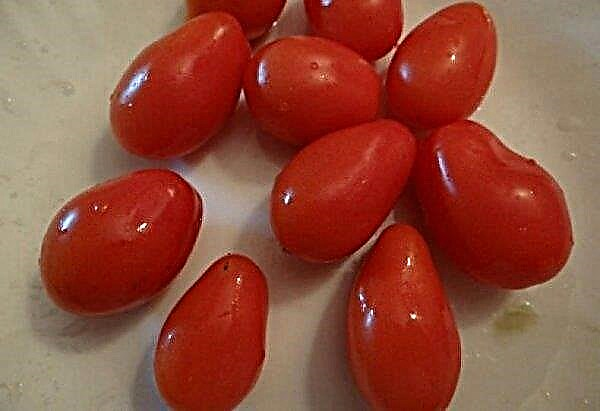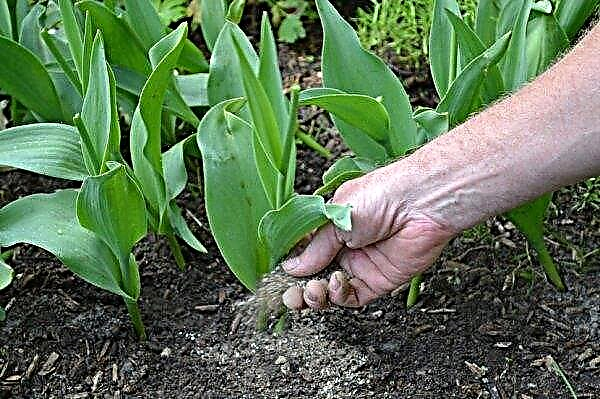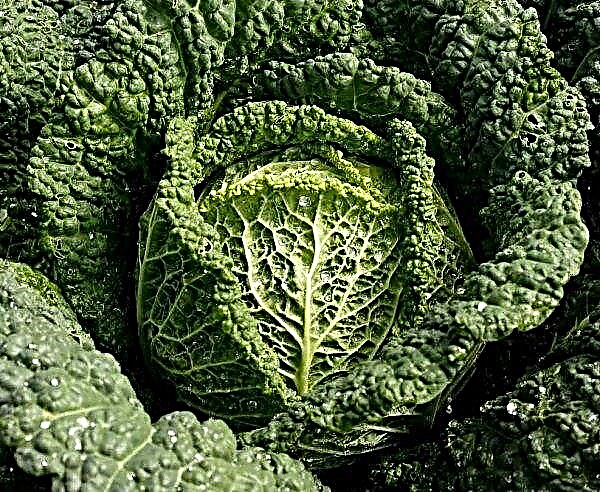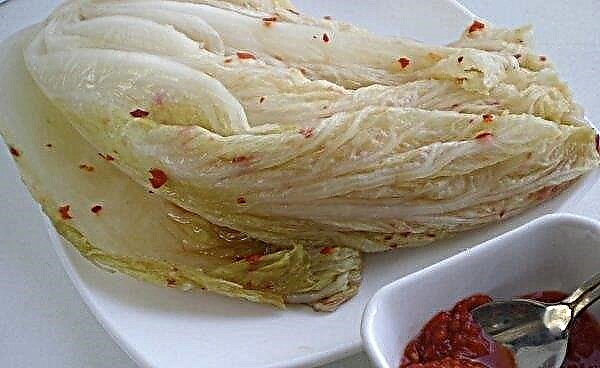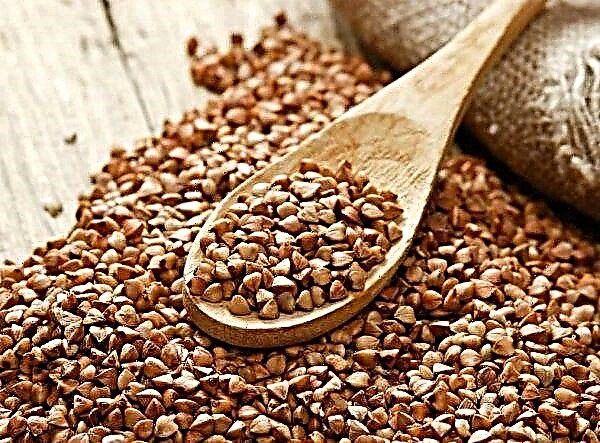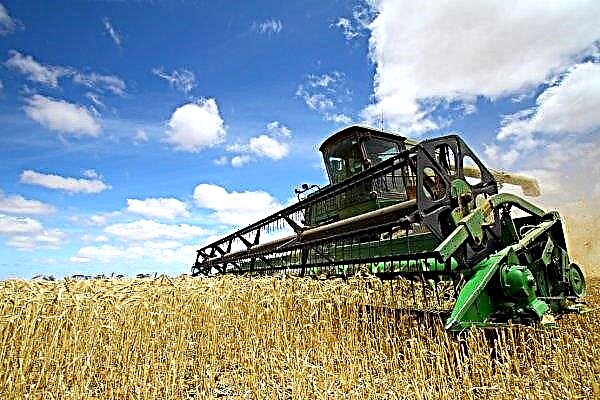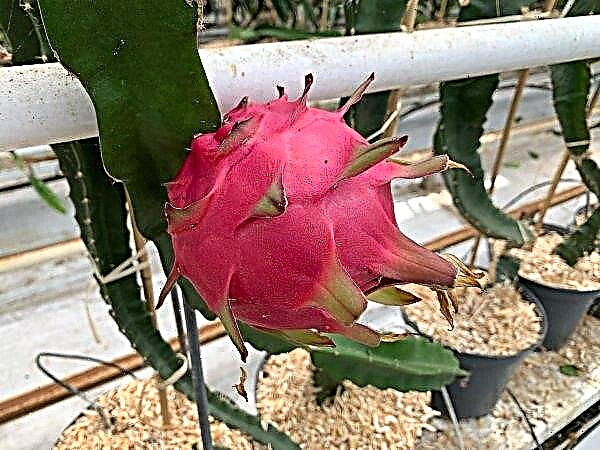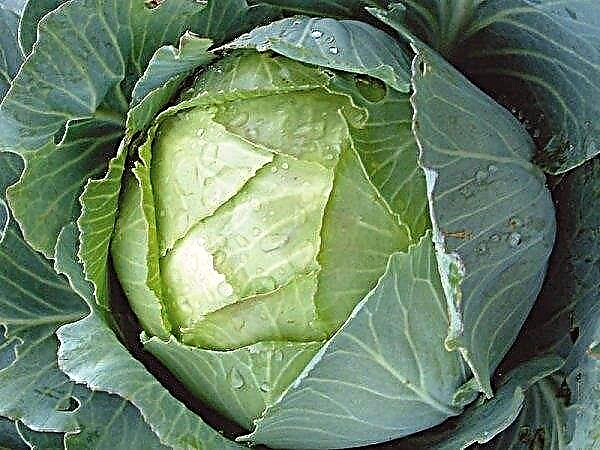The correct potato harvesting time plays an important role in the technology of its cultivation. Any fluctuation in either direction (sooner or later) can lead to a noticeable loss in the volume of production and its short shelf life, so the mass digging should begin only when there is confidence that the crop is ripe enough. The article will tell you how you can understand that it is time to dig ripened tubers, what harvesting methods are best suited and how to save the harvested products.
The danger of untimely harvesting potatoes
The timing of potato harvesting should be calculated especially carefully - if you miss this for 2-3 weeks, you risk losing the entire crop. Excessively early harvesting of tubers contributes to the fact that they are suitable for food only for a short time: their peel is too thin, can lose its integrity, therefore, during early harvesting and subsequent storage of tubers, some of them will begin to rot due to mechanical damage. These potatoes can be called a “time bomb” at the place of their storage, since the mold and putrefactive processes that began in them will spread to the entire supply of vegetables. Also, do not delay the harvest of tubers until mid-autumn, hoping that the longer the crop lies in the ground, the denser the peel will become, and the tubers will grow even more. Firstly, picking potatoes in wet and rainy times will not allow the crop to dry properly, therefore, the stock of vegetables extracted from wet ground will subsequently decay. Secondly, it will already be difficult to find potato tops on the beds, since by that time it will be completely dried up or decayed - therefore there is a danger to find not all bushes, which can lead to a partial loss of yield.
Also, do not delay the harvest of tubers until mid-autumn, hoping that the longer the crop lies in the ground, the denser the peel will become, and the tubers will grow even more. Firstly, picking potatoes in wet and rainy times will not allow the crop to dry properly, therefore, the stock of vegetables extracted from wet ground will subsequently decay. Secondly, it will already be difficult to find potato tops on the beds, since by that time it will be completely dried up or decayed - therefore there is a danger to find not all bushes, which can lead to a partial loss of yield.
Did you know? Scientists from NASA, together with breeders from Peru in 2017 conducted a successful experiment in growing potatoes under conditions close to Martian, proving that this crop could be successfully grown on the red planet in the future.
When can I dig young potatoes
The process of forming potatoes begins during the flowering of the bush, and young tubers can be dug up after they reach a size of 5 cm in diameter. At this time, the color from the bushes will crumble, berry formation will begin in its place, and the tops will almost cease to grow. Young potatoes are dug in small batches as they are eaten. Each time, the gardener will notice an increase in volume and an improvement in taste in tubers. Determining the timing when you need to dig a crop of young potatoes after flowering:
Determining the timing when you need to dig a crop of young potatoes after flowering:
- if the tuber variety has a ripening period of 45 to 60 days, and it was planted in the first decade of May, then it is permissible to extract crops from the ground already in the last 2 weeks of June or in early July;
- the foliage on the potato bushes began to turn yellow, and the tops to dry out;
- under the bush, the soil is slightly elevated and cracked.
When to remove potatoes from the garden for the winter
The following describes how to determine when the potato should be digged based on the readiness of the crop, as well as the circumstances that affect the ripening period of the product.
Important! Be sure to clean the potato tops in place of the former beds. Otherwise, it will decompose and become a winter shelter for parasites and a source of diseases for garden crops in the coming season.
Signs of readiness
The best solution when digging up the medium-late and late potatoes is to pick it in the last days of August - early September. During this period, the tops gave all the nutrients to the tubers, their peel tightened, and they stopped growing. The criteria by which it is possible to dig tubers:
The criteria by which it is possible to dig tubers:
- if the tops are still green, it is too early to dig up such plants and they can be left to ripen until the end of September;
- the tops on the bushes began to dry out and partially turned yellow - after 20 days, potatoes can already be dug up;
- during a preliminary check of the bushes, the peel on all tubers was compacted, without "tattered";
- many potatoes are separated from the plant.
What affects the ripening time
There are some factors that can affect the rate of ripening of products, and showing that it is time to dig potatoes.
Grade
The best way to determine the readiness of a garden crop for digging is to know the information on ripening potatoes according to varietal characteristics. Potatoes by maturity conditionally divided into the following varieties:
Potatoes by maturity conditionally divided into the following varieties:
- extra early (cleaning is possible after 35–55 days);
- early (55–75 days);
- medium early (75–90 days);
- mid-season (90-105 days);
- medium late (105–120 days);
- late (120-140 days).
Did you know? At the end of the XIX century, during the "gold rush" in Alaska, potatoes were estimated by weight, like gold. Since gold miners suffered scurvy in this cold country, the imported vegetable became a source of necessary vitamin C for them.
Soil fertility
The nutritional value of the soil on the site directly affects the timing of the harvest:
- the more fertile the soil, the longer the potato ripening period;
- if additional fertilizing for potato stands is added to the nutritious soil, the harvesting period for vegetables can be significantly postponed, although the tubers will grow larger as a result of this;
- when the soil is sparse, without fertilizers, all the possible nutrients of the tubers will be absorbed quickly enough, and the bushes will soon stop growing and dry.

Number and frequency of irrigation or rain
The amount of moisture also significantly affects the rate of ripening of the crop. If the summer period is very hot and meager in rains, and regular watering of beds is impossible for various reasons, the potatoes can ripen quite quickly. But such a crop cannot be called good, plentiful, because its tubers, not receiving the proper moisture rate, will not be able to grow in sufficient volume and remain small.
Region of residence
Each region has its own potato harvesting dates. When determining which numbers you can start digging a culture, you need to take into account the influence of weather conditions (the beginning of a drop in temperature and the time of the first frost in the fall). So, in the CIS, in different climatic zones, this will not always happen at the same time. Influence of the growing region on the harvest time:
Influence of the growing region on the harvest time:
- Ukraine. In different parts of Ukraine, the dates for harvesting potatoes also vary: in Transcarpathia, tubers for the winter begin to dig from the 20th of September to mid-October; in the west - in mid-September; in the south and southeast - in the second half of July (from the 15–20 date); in the central regions - in the first half of September.
- Belarus. In this country, gardeners and farmers harvest potatoes from about August 25 until the beginning of November.
- Russia. In the middle lane, potato digging starts from the 20th of August and up to the second half of September; in the Urals, as well as in Siberia, tuber digging is carried out in August, sometimes capturing the first days of September; in the southern regions, potatoes are harvested even in the summer, because due to high temperatures it stops growing very early (July - early August).
How to dig potatoes
There are useful recommendations showing how to use different devices and tools to quickly dig potatoes in the garden.
Shovel
Shovel - the cheapest and most common garden tool for harvesting potatoes in small areas (up to 10 acres). Despite this, when working with him, a person experiences a decent physical load, so some rules for handling this hand tool will come in handy for the gardener.
Important! Before you pick up a shovel, be sure to do a warm-up for the hands, as well as for the cervical and lumbar parts of the back, and take short breaks every 45 minutes of work, resting in a supine position.
Among them:
- If the area is light and loose soil (with the presence of sand), then a bayonet-shaped shovel with a rectangular or slightly rounded blade is suitable for harvesting potatoes. Working with such an instrument is very productive - its blade can capture a larger volume of soil.
- Shovels with pointed blades are more suitable for working on heavy and hard soil (loam).
- When buying a shovel, in addition to the blade, you need to pay attention to its petiole. For reliable tools, it should be made of a durable alloy and have a polypropylene pad.
- Although a good, strong shovel can be considered an excellent tool for harvesting potatoes, it is still not quite ideal for this: its canvas often cuts tubers, after which they cannot be stored.
Walk-behind tractor
A potato plantation of more than 10-12 acres is more convenient to process using a walk-behind tractor. This greatly speeds up and facilitates the work of the gardener. The mechanized potato digger delicately removes tubers, practically not passing them and not leaving the crop in the ground. It must be borne in mind that the use of a walk-behind tractor becomes more efficient when observing a number of rules:
It must be borne in mind that the use of a walk-behind tractor becomes more efficient when observing a number of rules:
- All ridges of a planted crop should be evenly planted so that the direction of the mechanism does not have to constantly change.
- All rows should be located at the same distance from each other, otherwise the wheels of the device may run into adjacent lanes, damaging the tubers.
- During harvesting, special attachments for the cultivator are used, choosing a certain depth parameter for digging the soil.
- The walk-behind tractor must be set up so that its movement is easy.
- To facilitate the work process, it is recommended to dig the tubers through the bed, otherwise the unit will go on plowing with one wheel, and the path on the other.
- Harvesting tubers with this equipment is necessary only after cutting the entire tops on the surface of the garden.
Important! 10 days before digging potatoes to facilitate the procedure, you need to trim the dried tops and remove all large weeds from the rows.
Mini tractor
Agricultural machinery in the form of a mini-tractor is suitable for harvesting potatoes in large areas (on farms), since multi-row diggers are available for hanging on such a harvesting machine. Therefore, the tool is able to capture several potato ridges in one go. When using a mini tractor for harvesting, you must remember the following rules:
When using a mini tractor for harvesting, you must remember the following rules:
- A maneuvering tractor needs free space to make turns or turns.
- The mounted units on the tractor must be adjusted to the row spacing, which depends on the parameters of the potato harvesting plow and the tractor itself. For example, on mechanisms with engine power up to 16 liters. with. row spacing varies between 40–55 cm; with a capacity of up to 23 liters. - 60 cm; with a capacity of up to 35 liters. - 70 cm.
- When working with the agricultural machinery under consideration, the width of the rear rubber should be taken into account. If the row-spacing is up to 55 cm wide, then the width of the rear wheels is not more than 27 cm, otherwise when processing potato rows one of the rear wheels will run into the tubers.
Preparation and storage methods
For harvested potatoes, the following preparatory measures will be required before sending it for storage:
- When harvesting, the rejection of damaged and diseased tubers is necessary.
- Before being stored for storage, sorted potatoes are scattered for 2 hours (no more, otherwise poisonous solanine may form in it) on the surface of the earth in sunny weather. This ultraviolet treatment can kill many pathogenic bacteria on the surface of the tubers, which can increase their shelf life.
- No need to rush to lay dug up products for final storage: tubers should be scattered in a cool room (from + 13 ° C to + 18 ° C) and with high humidity (up to 95%) and left for 2 weeks. During this period of time, the potato finally ripens, and its peel becomes denser.
- After rehabilitation measures, products are again sorted and sorted, and then removed to a place of permanent storage in a cool, dry place with a constant temperature of + 2 ... + 5 ° C.
 Throughout the winter and without loss, only that potato that during the season could gain the optimal size and weight due to the characteristics of the variety can be stored. In such tubers, a peel of sufficient density should be formed under which all useful substances will be stored. All these indicators will become possible only if you know and comply with the correct dates and methods of extracting products from the ground, as well as the preparation and method of storage of the crop.
Throughout the winter and without loss, only that potato that during the season could gain the optimal size and weight due to the characteristics of the variety can be stored. In such tubers, a peel of sufficient density should be formed under which all useful substances will be stored. All these indicators will become possible only if you know and comply with the correct dates and methods of extracting products from the ground, as well as the preparation and method of storage of the crop.

